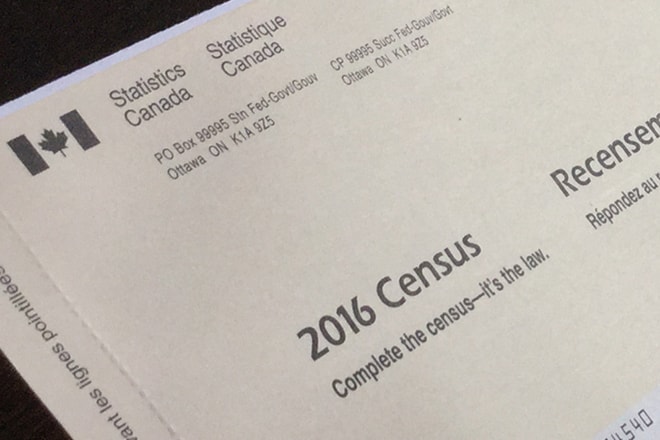Mayor Andrew Jakubeit said the City of Penticton needs to put more focus on growth.
Census figures released on Wednesday show the city with a 2.7 per cent growth in population since the 2011 census; a total of 33,761 residents in nearly 17,000 private dwellings.
“We haven’t really spent a lot of time on what level of growth is important for the city or what we should be doing,” said Jakubeit. “I would argue that it has only been the last two or three years where we have been a bit more strategic or making a conscious effort in terms of being open for growth.”
Jakubeit spoke positively about the 2.7 per cent, but Penticton is still lagging behind the provincial average of 5.6 per cent and neighbouring communities in the South Okanagan Similkameen.
Only the Town of Oliver has a lower growth rate, at 2.2 per cent with a population of 4,928. Summerland has a population of 11,615, a three per cent increase since 2011.
Communities farther south experienced the greatest growth. Keremeos tops the list for the entire South Okanagan Similkameen, with a 15.9 per cent population increase to 1,714, up from 1,479 in 2011. Princeton saw a 6.4 per cent increase to 2,745 residents and Osoyoos grew by five per cent to 5,085.
Penticton does have the highest population density of the three Okanagan cities, with 801.8 people per square kilometre. By comparison, Kelowna’s density is 601.3/sq. km. and Vernon’s is 417.7/sq. km.
Jakubeit notes these are just the first release of statistics from the 2016 census. City planners, and especially the people involved in the Official Community Plan review process, will be paying close attention to later releases, like demographics of who is living in and moving to the area.
“Are we attracting more seniors? Are we attracting a younger demographic, a family demographic? I am curious to see how those factors fit into the overall picture,” said Jakubeit. “We will really be able to incorporate that into our official community plan revision and really come to grips with what we want to be as a city.”
Jakubeit said as long as the growth rate is higher than inflation, it should help ease the stress on city budgets, with more taxpayers contributing to infrastructure, amenity and service costs.
That’s one of the reasons growth is important, he said, but sometimes the existing population doesn’t always agree.
“I think we have had this mantra in the community of this is our little secret, don’t tell anyone, it’s good enough the way it is, don’t spend any money, don’t do anything, where other communities have been more aggressive in trying to attract growth,” said Jakubeit.
